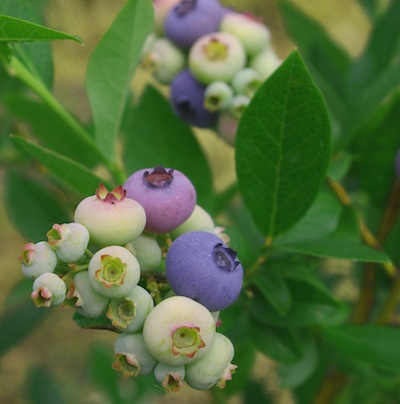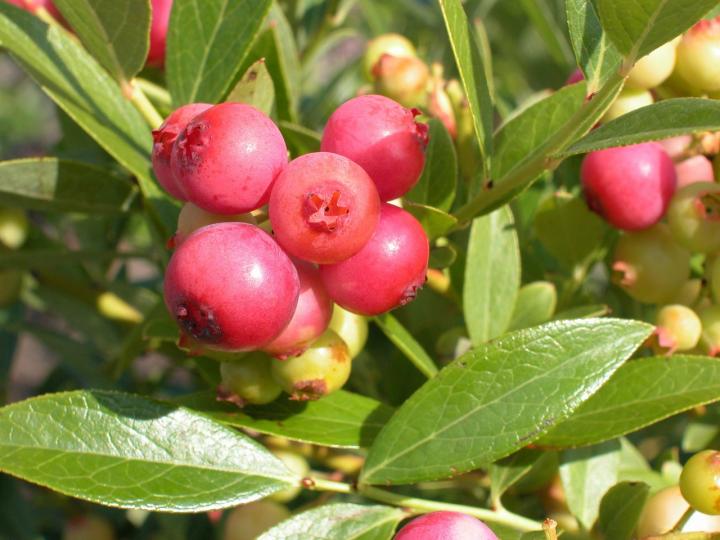
Blueberries are one of the easiest fruits to grow.
ADVERTISEMENT
The article states “ The first two years, the bush’s structure is formed, so specific cuts must be made to spur growth and form fruit buds.” I planted 4 bushes last Mother’s Day and I don’t have a clue how to do the aforementioned ‘specific cuts’. Any help on how to do this would be appreciated. I live in Tallahassee, FL. Thank you!
You have suggested to apply a thick layer of mulch to the blueberry bushes. From prior gardening lectures, I've learned to keep mulch away from the trunk of bushes, shrubs, and trees because the decreased air circulation can encourage rot and also critters can use the cover to indulge on the mulched trunk without being seen, allowing for unchecked damage. I do understand mulch is important, but how I am supposed to have, say, a dozen blueberry bushes with a foot of pine needle mulch around each plant, then a 12" drop to the soil where the blueberry bush emerged from the soil? I'm picturing big mounds of pine needles which would quickly get wind blown or fall over and pile up against the blueberry bush trunks. Can you please explain? A picture would be great! Thank you.
When I was young I picked tiny blueberries with my grandmother. I've tried to find these little beauties to no avail. Some say they're "wild" blueberries
Is there a domestic strain? They are a pain to pick but the old fashioned blueberry flavor is the best ever
We bought a house with with some blueberry bushes in the side yard, we were told they were a few years old. They are really spindly and don't produce very well, can I cut them back and let them regrow so that that they bush out and produce more then the few cups?
You can cut out 1/4-1/3 of the old wood to encourage new growth. Fertilize in the spring before the bushes leaf out. It might be wise to test the soil pH. Blueberries like acid soil soil so the pH should be between 4.5-5.
I HAVE TWO BLUBERRY BUSHES PLANTED 3-4 YEARS AGO.THEY ARE IN ACID SOIL UNDER PINE TREES. THEY HAVE PRODUCED NOTHING IN THE WAY OF FRUIT I MULCHED THEM FOR WINTER WEATHER & THEY HAVE SURVIVED, BUT WITH LITTLE GROWTH & STILL NO FRUIT THIS SPRING I PRUNED THE DEAD WOOD OFF & THIS HAS PRODUCED SOME GROWTH. I HAVE BEEN LOOKING FOR FLOWERS BUT STILL NONE APPEAR
WHAT CAN I EXPECT ? WHAT CAN I DO AT THIS POINT ?
Depending on variety it can take a few years for your plants to be fruitful but I suspect, if they planted under pine trees, they are not getting enough sun.
If you dig up the suckers can they be transplanted and will they produce berries?
Hi Glenda,
Yes, you can transplant mature suckers (at least 2 years old). Dig down into the soil and find where the sucker is attached to the mother plant. Cut as close to the mother plant as possible and make sure to get roots with your sucker. Cut off the top of the sucker leaving about 10 to 12 inches and then plant as you would a blueberry bush. See planting tips at www.almanac.com/plant/blueberries.










